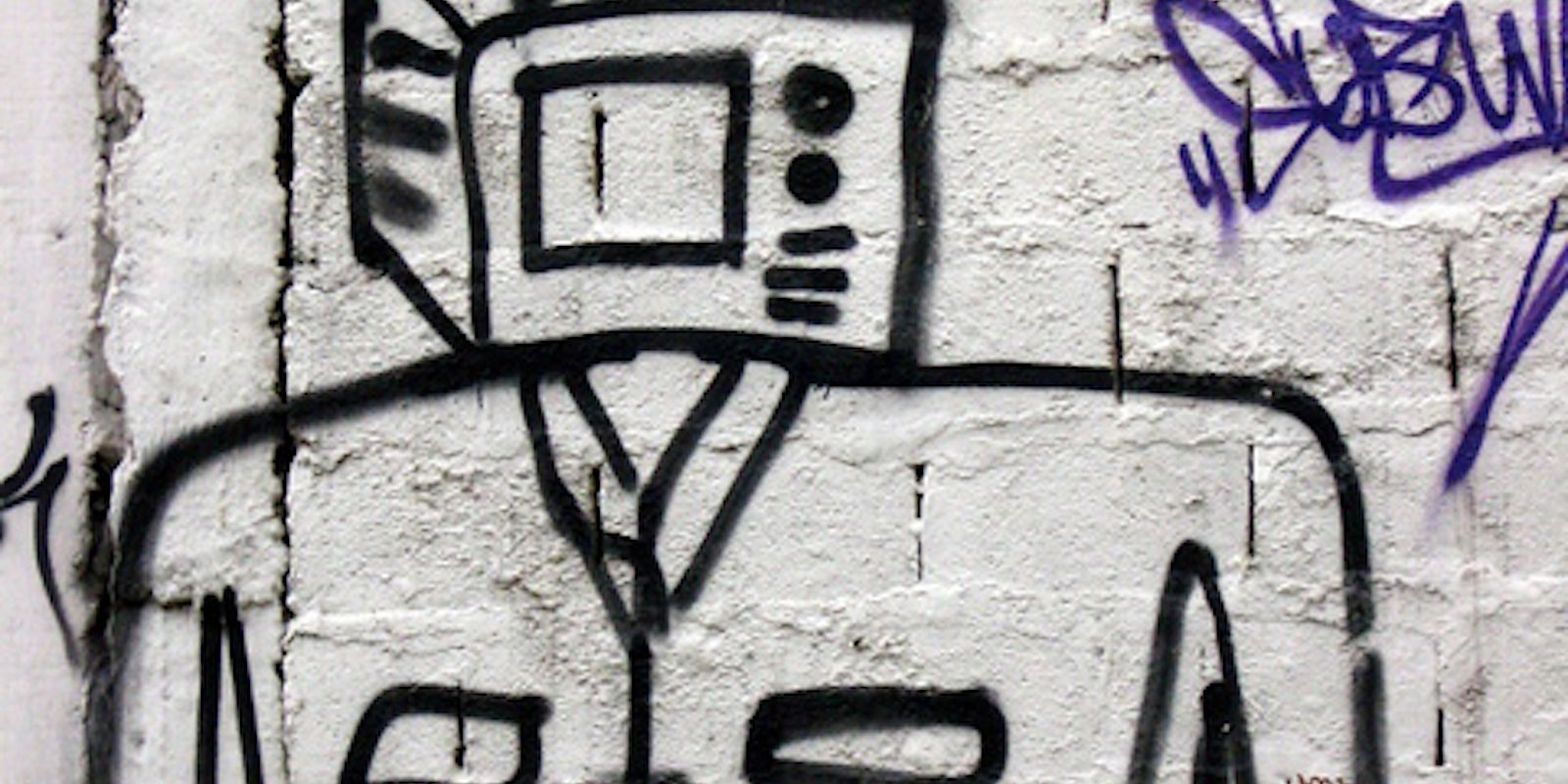Social media is the world’s real-time water cooler for talking about television. As we’ve moved from Gunsmoke to Justified, so too has the conversation about TV shows shifted from the office to the Web.
The link between social media and TV is largely two-way: TV shows drive online conversations, while tune in to watch shows just so they can talk about them in real-time.
“As you might expect, our shows with the biggest social footprint are among the highest rated, such as The Big Bang Theory, Two and a Half Men, How I Met Your Mother, and NCIS,” Chris Ender, CBS’s senior vice president of communications, told the Daily Dot via email.
Judging from conversations with other TV executives, this correlation is common throughout the industry. But it’s impossible to track exactly how those online conversations translate into ratings.
“Social media can drive awareness for the launch of [a] show, or an event, but tangible evidence that it impacts ratings is still an elusive piece of data. … What is more clear is that vibrant social communities build around popular television programming. The social media community then amplifies word of mouth for these shows with great speed and volume. This can certainly help grow ratings, but a good show has to come first.”
—Chris Ender
Or perhaps the show just has to hit the Web first.
For the launch of New Girl last fall, Fox took a new approach to marketing the show online. Around two weeks before the pilot aired on TV, it was released through official channels online and viewed by nearly 2 million people. Though Fox and industry analysts had modest ratings estimates before the broadcast, the pilot episode’s ratings went well beyond what was expected—a feat that can be partly attributed to social buzz.
That’s why there’s an effort among some networks to create dedicated communities around shows. In addition to offering exclusive content, some dedicated smartphone apps allow fans to talk with each other as part of the “second screen” experience. Fox even lets you interact with your friends on Facebook and Twitter within dedicated apps for shows like The Finder and Bones.
In the digital era, Facebook likes and tweets can be a better judge of popularity than Nielsen ratings. Arrested Development suffered from low ratings during its three-season run, yet the entire cast is reuniting for a new season—available exclusively on Netflix—thanks largely to the show’s devoted online following.
The Nielsen figures are also likely being further skewed by the increasing number of folks who are opting out of cable contracts and tuning in online instead.
As Scrubs and Spin City creator Bill Lawrence opined on Twitter, “Look, can’t whine about Nielsens (same system for everyone) I just think there could be an App that shows what millions really watch.”
For now at least, there’s Twitter.
- SXSW Panel: @TVEngagement: Does Social Media Drive TV Ratings?
- Friday, March 9, 2pm
- Omni Downtown, Capital Ballroom
Photo by ElAlispruz


